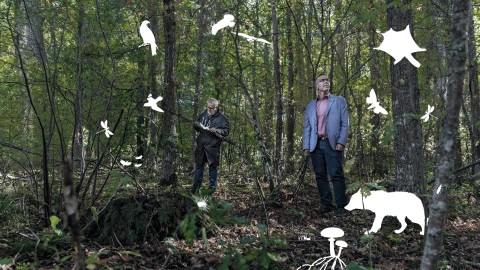Keyword: Faculty of Science
Research at the Faculty of Science
Our top-level international research provides a solid foundation for sustainable development.
Finnish Top Researchers Tackle Reducing Climate Change in Brussels
The University of Turku is in charge of organising a high-level event on climate change in the European Parliament today on Monday, 19 November. The event includes speeches by Finnish universities’ top researchers from different disciplines.

Collaborative Research Projects at the University of Turku
The multidisciplinary University of Turku offers companies possibilities in collaborative research, from projects on a single field to extensive multidisciplinary research collaborations involving various companies. Companies can get into contact with the University's extensive international collaborative network through projects.
Services for Companies and Communities
The University of Turku offers various tailored and readily available professional service packages in training and research. We are happy to help with the development of companies and other organisations.
Bats Can Prevent Pest Insect Damages
In a new study, researchers at the University of Turku and the University of Helsinki identified the diet of the most common Finnish bat species. The diet of the bats included a considerable amount of various invertebrates, including ground dwelling beetles, gnats, mosquitoes, and a wealth of moths. The researchers were able to determine a total of over 500 different prey species from the approximately 1,200 bat droppings collected for the study.

Destruction of Species – Researchers Discuss Biodiversity Crisis
Nature is becoming less diverse all across the globe, which is also threatening the future of humankind. Researchers emphasise the fact that there is still hope, but now is the time to act.

Professors Kari Saikkonen and Ilari E. Sääksjärvi emphasise the need for protecting natural forests that are home to diverse species. In Finland, forests cover over 70% of the country’s surface area, but especially in the south most of it is commercial forest.
New Study Shows that Mothers Prefer Daughters and Fathers Prefer Sons
Finnish-American research group has studied whether parents’ gender preferences and investment in offspring are affected by their status, wealth, education or childhood environment. Instead, parental preferences were best predicted by their sex. These results help to make sense of the often contradictory findings on offspring sex preferences.
